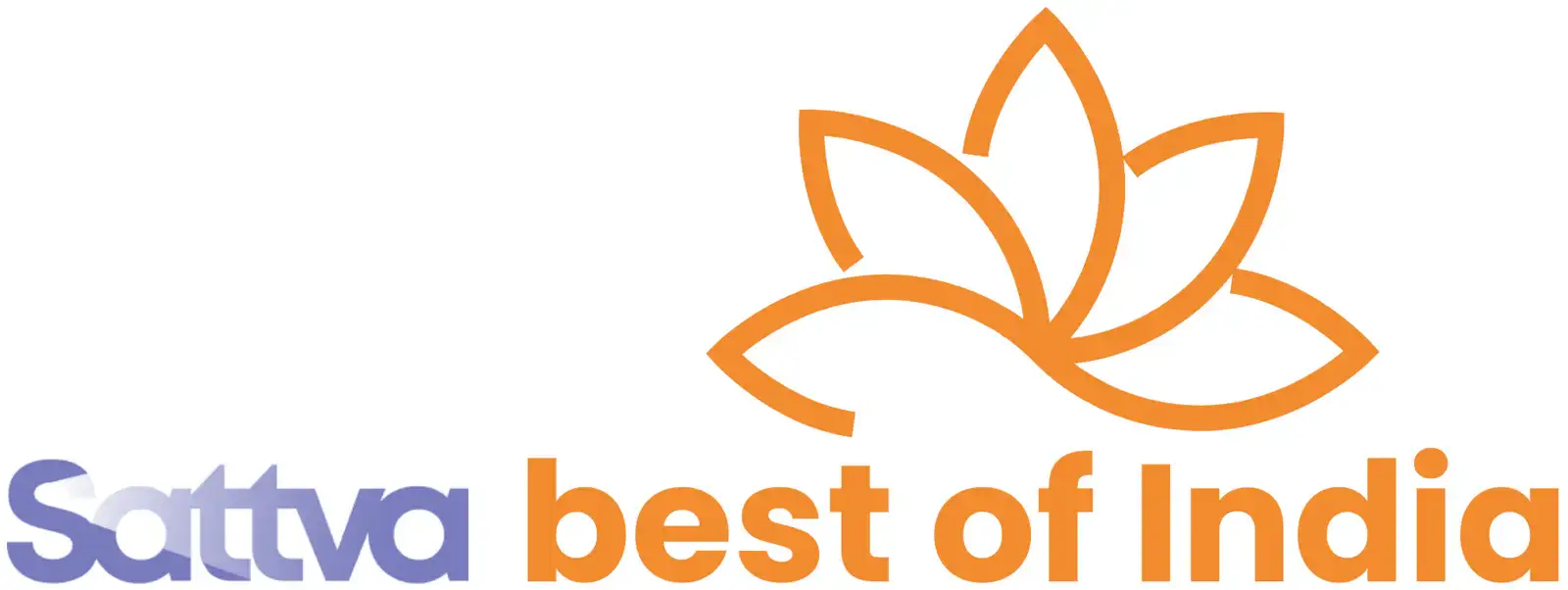Low energy all the time?
Low energy all the time? Ayurveda can turn it around.

In the relentless pace of modern life, perpetual fatigue has become an unwelcome companion for many. While contemporary medicine offers temporary solutions, India’s 5,000-year-old healing tradition—Ayurveda—provides a comprehensive approach to revitalizing your energy from its roots.
Beyond the Coffee Cup: Understanding Energy Through Ayurvedic Wisdom

Ayurveda views energy not as a single resource to be depleted and replenished, but as the harmonious flow of life force (prana) through perfectly balanced bodily systems. According to ancient texts like the Charaka Samhita, chronic fatigue stems from imbalances in your unique constitutional makeup—your personal combination of the three doshas: Vata, Pitta, and Kapha.
Unlike quick fixes that mask symptoms, Ayurveda’s heritage of holistic healing addresses the underlying causes of energy depletion. Each remedy, herb, and practice carries centuries of empirical observation, refined through generations of vaidyas (Ayurvedic physicians) across the Indian subcontinent.

Your Energy Profile: Discovering Your Dosha Imbalance
Fatigue manifests differently based on which dosha is disturbed:

Vata Depletion: If your energy crashes are unpredictable, accompanied by anxiety, coldness, and difficulty sleeping, Vata imbalance may be depleting your reserves. This air-and-space dominated energy requires grounding.

Pitta Exhaustion: When your formerly sharp mind feels foggy, your digestion becomes irregular, and you experience midday crashes despite adequate sleep, your fiery Pitta energy may be imbalanced.

Kapha Lethargy: A persistent heaviness, morning grogginess that never lifts, emotional attachment to rest, and a general feeling of stagnation suggest Kapha’s water-and-earth elements have become excessive.
Rather than providing one-size-fits-all solutions, Ayurveda offers personalized pathways to restoration based on your unique constitutional needs.
Traditional Remedies: Nature’s Energy Enhancers

Ayurveda’s pharmacopeia includes remarkable botanicals cultivated in the diverse ecosystems of India:

Ashwagandha (Withania somnifera): This adaptogenic root from the arid regions of India has been meticulously studied for its ability to normalize cortisol levels and replenish adrenal function. The traditional preparation involves simmering the root in ghee (clarified butter) to enhance its rejuvenating properties.

Shilajit: This mineral-rich substance, harvested from Himalayan rocks during summer months, contains fulvic acid and over 84 minerals. Ancient texts describe it as “the destroyer of weakness,” as it enhances mitochondrial function—the energy powerhouses of your cells.

Chyawanprash: This complex herbal jam, originally formulated by the sage Chyawan, contains over 50 herbs preserved in honey and amla (Indian gooseberry)—one of the richest natural sources of vitamin C. The traditional preparation process takes days as each herb is added in precise sequence to maximize potency.
Daily Practices: The Dinacharya Energy Protocol

Beyond herbal remedies, Ayurveda prescribes daily practices that systematically remove energy blockages:
Abhyanga (Self-massage): This isn’t merely a luxurious self-care practice. The application of warm sesame oil (for Vata), coconut oil (for Pitta), or mustard oil (for Kapha) along specific energy channels (marmas) stimulates circulation and lymphatic flow. The traditional technique involves long strokes on limbs and circular motions over joints.
Pranayama: Specific breathing techniques like Nadi Shodhana (alternate nostril breathing) balance the subtle energy channels. When practiced properly, this technique activates the parasympathetic nervous system, allowing cellular regeneration to occur.
Proper Food Combining: Ayurveda recognized millennia before modern science that certain food combinations deplete digestive energy. The tradition of not combining milk with salty or sour foods, for instance, prevents the formation of ama (toxic residue) that obstructs energy flow.
Case Study: Traditional Restoration in Practice
Rajesh, a 42-year-old technology professional from Bangalore, experienced debilitating afternoon energy crashes despite eight hours of sleep. Following Ayurvedic consultation, he discovered a significant Pitta imbalance exacerbated by his demanding work schedule.
His personalized protocol included:
- Replacing coffee with CCF tea (cumin-coriander-fennel)
- Abhyanga with cooling coconut oil before showering
- A cooling diet emphasizing sweet, bitter and astringent tastes
- Sheetali pranayama (cooling breath) midday
- Amalaki rasayana as a tissue rejuvenator
Within six weeks, his afternoon crashes disappeared, his sleep quality improved dramatically, and his mental clarity returned to levels he hadn’t experienced since his twenties.
Modern Science Meets Ancient Wisdom

Contemporary research increasingly validates Ayurveda’s approach to energy enhancement:
- A 2019 study in the Journal of Alternative and Complementary Medicine found that Ashwagandha significantly improved cellular energy production.
- Research from the Department of Neurochemistry at NIMHANS (Bangalore) documented Bacopa monnieri’s ability to enhance mitochondrial function.
- Multiple studies confirm the adaptogenic effects of Ayurvedic herbs in normalizing HPA axis function—critical for sustained energy.
Beginning Your Ayurvedic Energy Restoration

True to Ayurvedic principles, your journey should begin with understanding your unique constitution. Rather than adopting generic recommendations, consider these foundational steps:
- Identify your predominant dosha through consultation with an Ayurvedic practitioner
- Implement a dosha-appropriate morning routine (dinacharya)
- Integrate one or two herbal allies suited to your constitution
- Practice appropriate pranayama techniques
- Adjust your diet to pacify your most imbalanced dosha
Unlike quick fixes that temporarily mask fatigue, Ayurveda’s authentic approach requires patience and consistency. The tradition acknowledges that true vitality emerges when we align with our inherent nature rather than forcing the body into submission.
Our Mulberine Tonic, crafted following time-honored Ayurvedic principles, combines rare herbs selected for their remarkable ability to restore vitality at the cellular level.
GyneQ tonic and Dasamoolarishtam, formulated by master practitioners using recipes passed through generations, harmonize your system’s natural rhythms and support reproductive wellness.
Our authentic Chyawanprash, prepared through the meticulous 42-step process documented in ancient texts, delivers the concentrated wisdom of India’s most treasured botanical heritage.

By drawing from this profound healing tradition—with its meticulous understanding of human physiology, botanical medicine, and daily rhythms—you can transcend chronic fatigue and rediscover the steady, sustainable energy that is your birthright.

Consult with a qualified Ayurvedic practitioner before beginning any new health regimen, particularly if you have existing health conditions or take medications. If you wish, you can chat with Dr. Poonam for a free consultation using the chat prompt in our Website Sattva Best of India.
